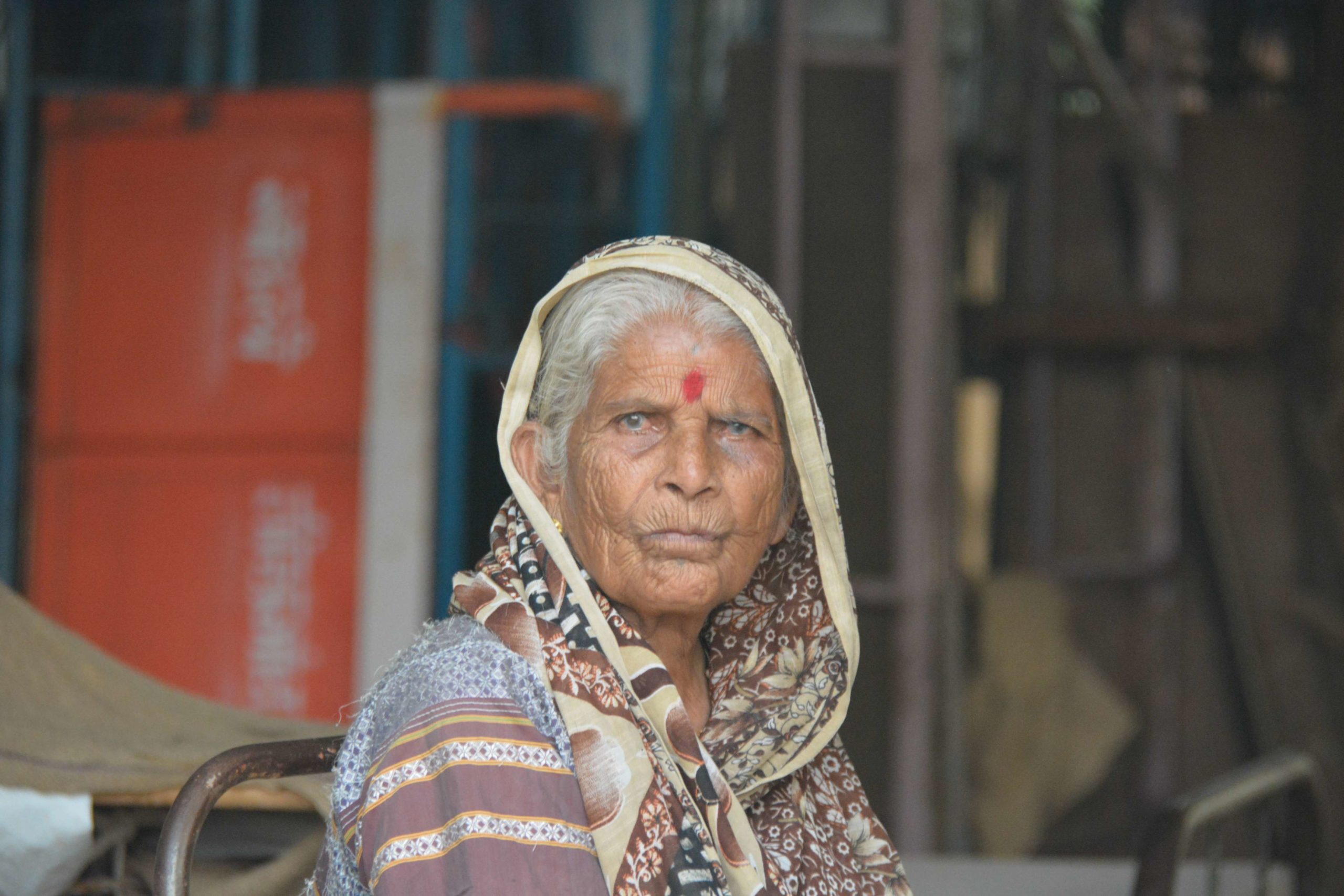In the tribal heartlands of India, a silent battle has raged for generations—against a disease that scars blood and burdens lives: sickle cell anemia. This inherited disorder, marked by abnormally shaped red blood cells, disproportionately affects tribal populations across central and eastern India. Within these communities, it is often women who bear the heaviest burden, both biologically and socially.
Sickle cell anemia is a genetic blood disorder that causes red blood cells to become crescent-shaped, leading to poor oxygen flow, intense pain episodes, and long-term organ damage. It is especially prevalent among tribal groups in states like Madhya Pradesh, Chhattisgarh, Maharashtra, Odisha, and Gujarat. These regions report high rates of both sickle cell trait (carriers) and the full-blown disease. Women, particularly in reproductive age, suffer uniquely—not just from the physical toll of the disease, but also from the societal consequences that follow a diagnosis.
In many of these tribal societies, healthcare access is limited, and awareness is even scarcer. A woman suffering from chronic pain or fatigue is often misunderstood, dismissed as weak, or blamed for her condition. Many are diagnosed only during pregnancy, when complications drive them to seek care—if it is available. Sickle cell anemia poses increased risks during pregnancy, including miscarriage, preterm labor, and severe anemia, making maternity an even more perilous journey for affected women.
Recognizing the gravity of the situation, the Government of India launched a national mission in 2023 aimed at eradicating sickle cell anemia by 2047. This mission, driven by the Ministry of Tribal Affairs and the Ministry of Health and Family Welfare, combines large-scale screening, genetic counseling, and public awareness. A key aspect of the initiative is the screening of 7 crore (70 million) individuals, with a focus on tribal populations. The goal is to identify both carriers and affected individuals early, offer counseling to prevent disease transmission, and ensure access to healthcare and treatment.
For women, this mission carries special importance. Genetic counseling is being introduced in high-burden areas to help young women understand their carrier status before marriage or pregnancy. This kind of intervention empowers them to make informed choices and potentially prevent the disease in the next generation. Efforts are also underway to improve maternal healthcare services for women living with the disease, ensuring safer pregnancies and deliveries.
However, the path forward is not without challenges. The stigma attached to sickle cell disease often prevents women from disclosing their status, fearing rejection in marriage or social exclusion. There is also a deep-rooted mistrust in the healthcare system among tribal communities, born from years of neglect and inadequate services. Without culturally sensitive outreach, even the best policies risk falling short.
To truly combat sickle cell anemia, India must go beyond medicine. It must address the societal biases that marginalize affected women. This means educating communities, training local health workers, and involving tribal leaders in awareness campaigns. It also means ensuring that treatment—like hydroxyurea, a key drug for managing the disease—is consistently available and affordable in remote areas.
India’s fight against sickle cell anemia is, in many ways, a fight for women’s health, dignity, and agency. As the national mission unfolds, it brings with it the promise of a future where young tribal girls are not defined by their genetics, but by the opportunities and choices they are empowered to make. The success of this mission will depend not only on the scale of screenings or the reach of campaigns but on whether it can truly uplift the women who have carried the burden of this disease in silence for too long.



